House of Valois

Hamlet in Paris - the cast of players
Could Hamlet have been influenced less by Danish politics and more by the French-Italian-Spanish political feuds of 1588 centered around the Spanish Armada? First, let's dismiss Denmark. There, Frederick II completed Kronberg castle in Helsingør (Elsinore) in the 1580's and he died in 1588, to be replaced by his son, Christian IV, but there was none of the family drama of Shakespeare's play.
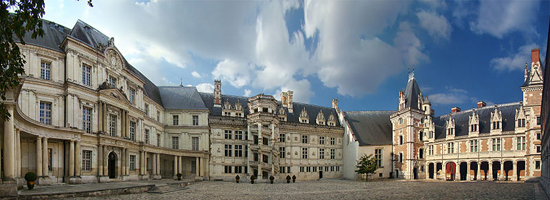
Not so in France, where Shakespeare would have known of the following events. In May 1588, the unpopular King Henri III was forced to flee Paris for the royal Château de Blois (shown above), when Henry, the Duke of Guise, the founder of the extremist Catholic League, engineered a coup d'état, with Spanish encouragement. The Spanish fleet left Spain a few weeks later for Flanders and the invasion of England - the French coup seems to have been designed to distract the Huguenots from interfering. The popular Guise was the son of Anna d'Este of Ferrara and when he was offered the French Crown, Guise (unlike Claudius) refused it.
King Henri III is shown above and Henry I, Duke of Guise, nicknamed Le Balafré (Scarface) is below.
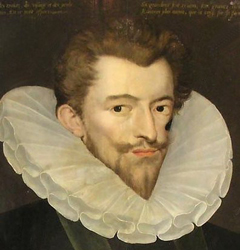
But the Armada was defeated in early August and, by Christmas time, Henri III had regained the upper hand. After dithering, Hamlet-like, he succeeded in having Guise and his brother murdered when they were visiting Blois. Henri III himself - the last of the Valois kings - was assassinated a year later by a fanatical follower of the Catholic League . Henri's queen spent the next few years wandering the rooms of Chenonceau like a ghost dressed in white - the mourning clothes of French royalty.
The souls of emperors and cobblers are cast in the same mold... The same reason that makes us wrangle with a neighbor creates a war betwixt princes. - Montaigne
Henri III's mother was Catherine de' Medici (below), perhaps the most powerful woman in 16th century Europe. Her death in early 1589 may have helped unravel things further.
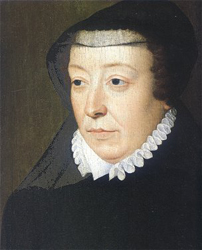
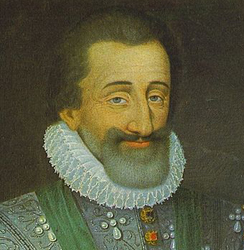
That left only Henri of Navarre (above), the leader of the equally extreme Huguenot side. After Henri III's murder, he agreed to convert back to Catholicism ("Paris is well worth a Mass") in order to become King - the first of the Bourbon kings.
Henri's mistress in the years that followed was Gabrielle d'Estrées. The truly extraordinary painting below is believed to be of her (she is on the right, holding a ring - is it Henri's?), with her sister in the bath: Portrait présumé de Gabrielle d'Estrées et de sa soeur la duchesse de Villars. It is dated around 1594, when Henri was crowned King and it is in the Louvre. Why is her sister tweaking her nipple? One theory holds that this implies she is pregnant.
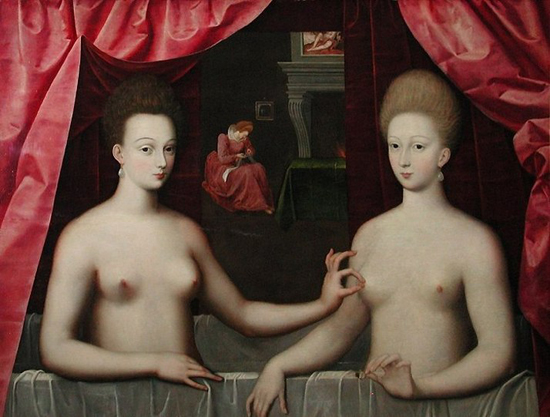
After Gabrielle d'Estrées' sudden death in 1599, the King's marriage to Marguerite de Valois was annulled and he married Marie de' Medici in 1600, which ensured the continued dominance of the Medicis for another generation. He too would be assassinated - in 1610. (In one of those curiosities of history, Henri married Marie in Florence but it was a proxy wedding since Henri was too busy to actually attend.)
